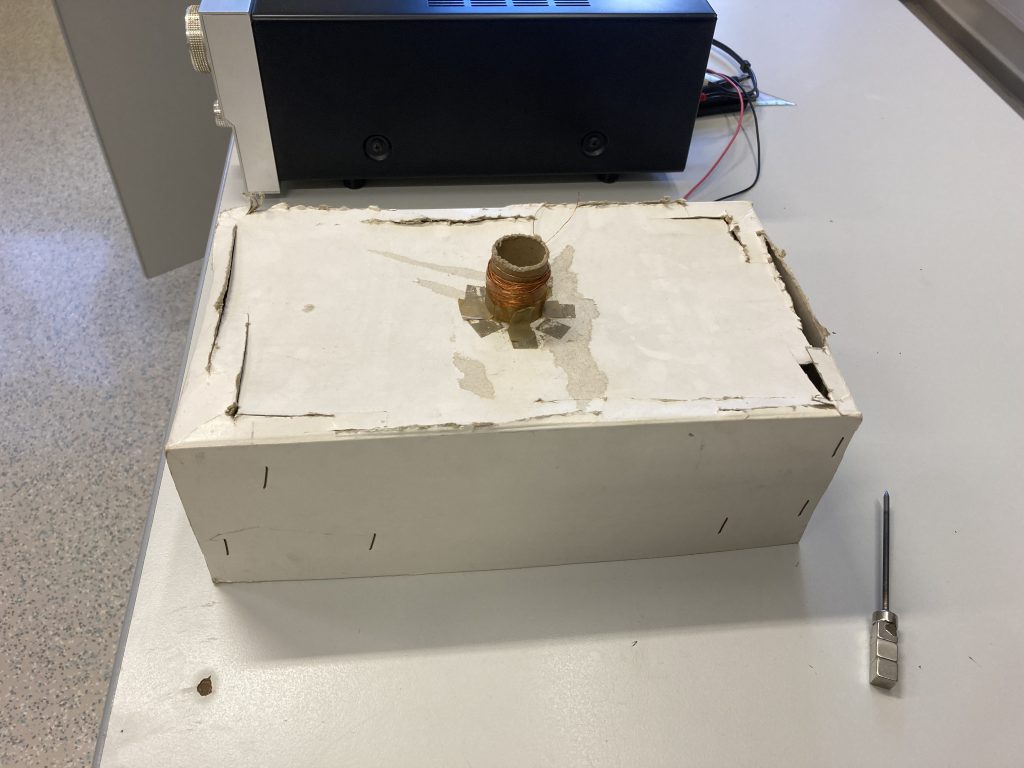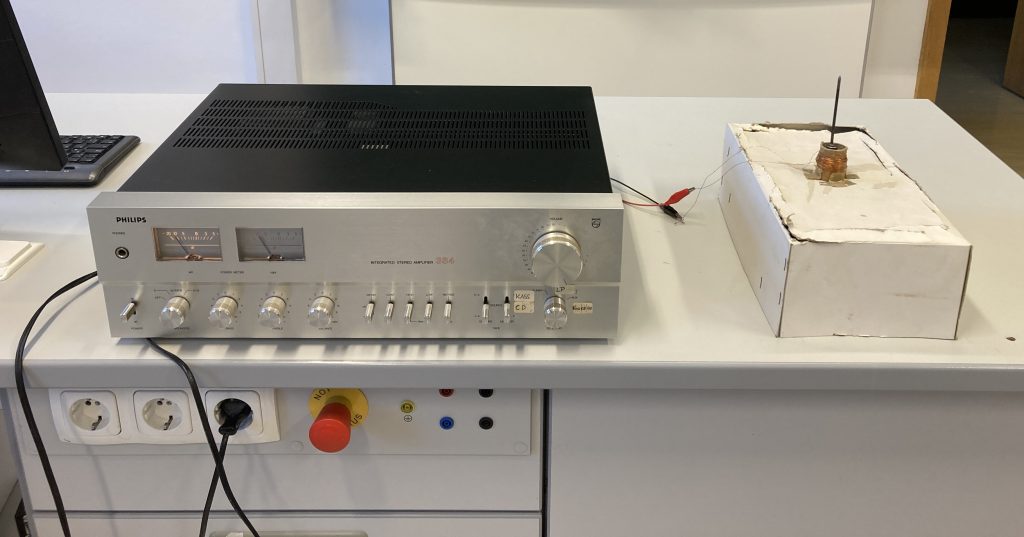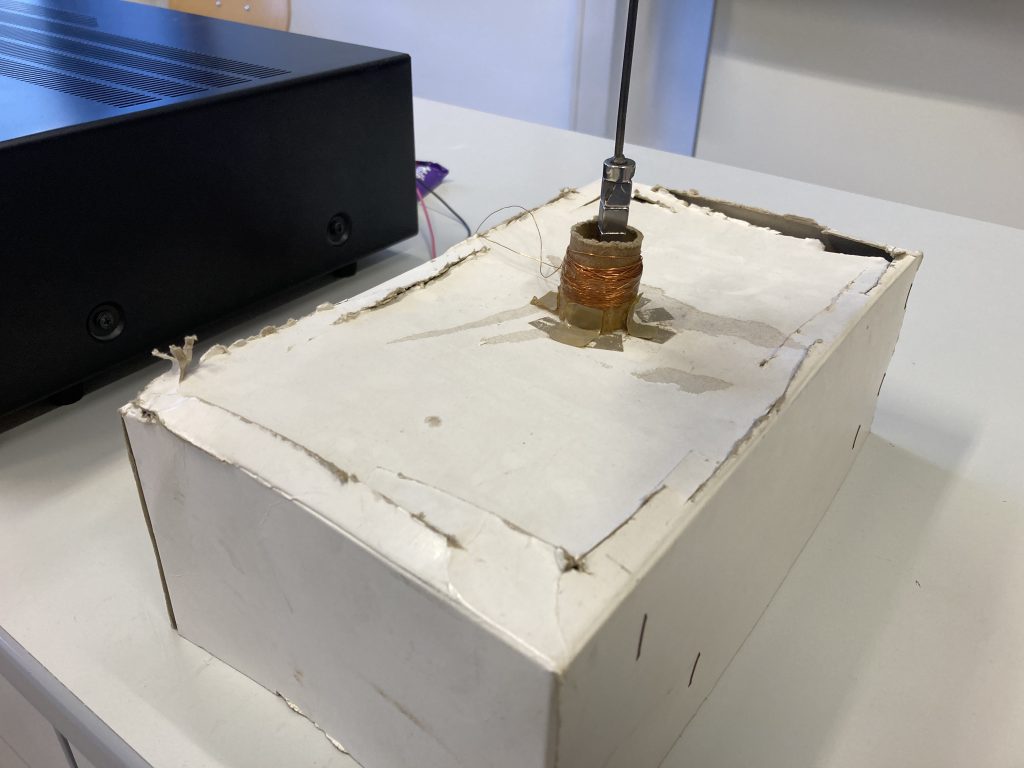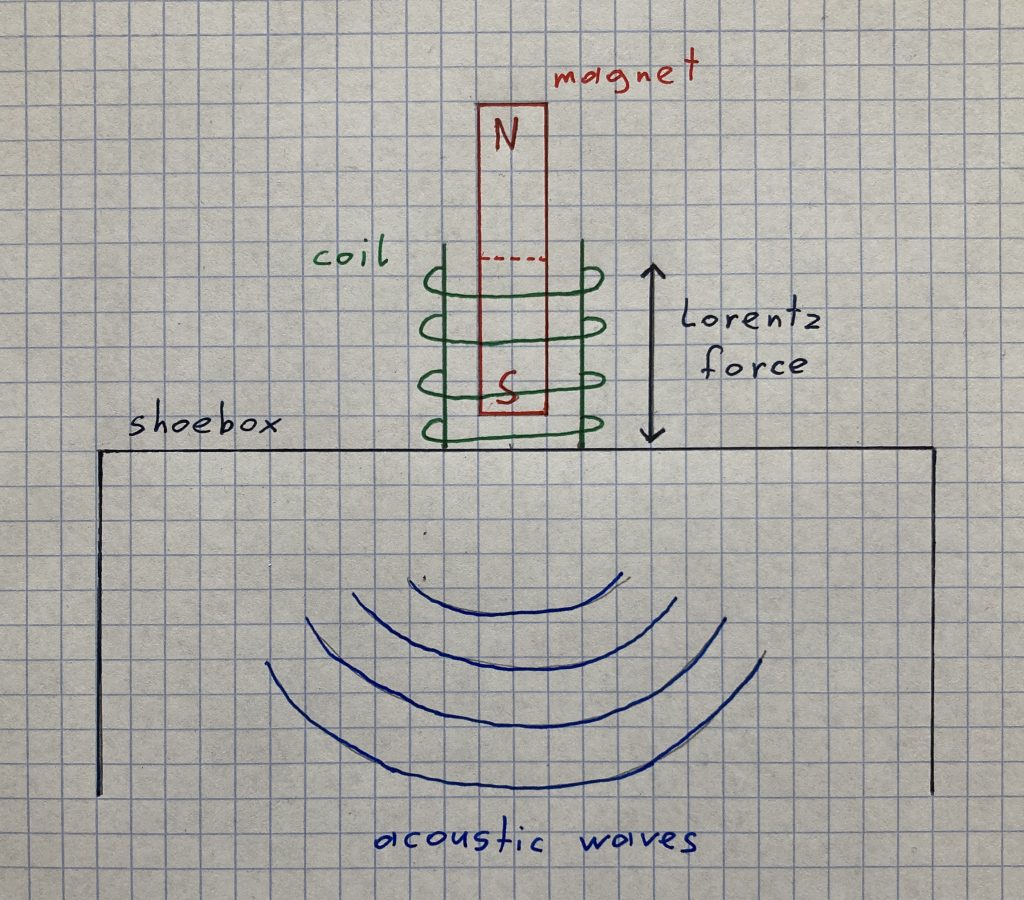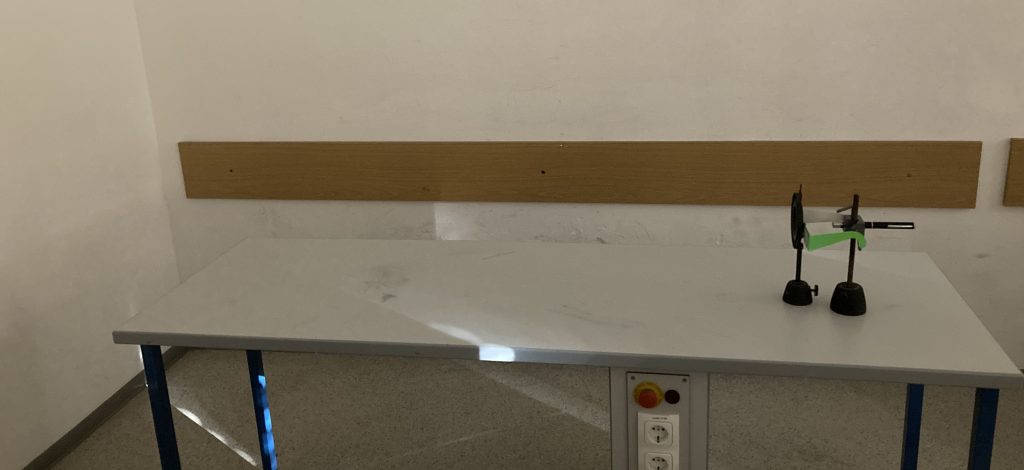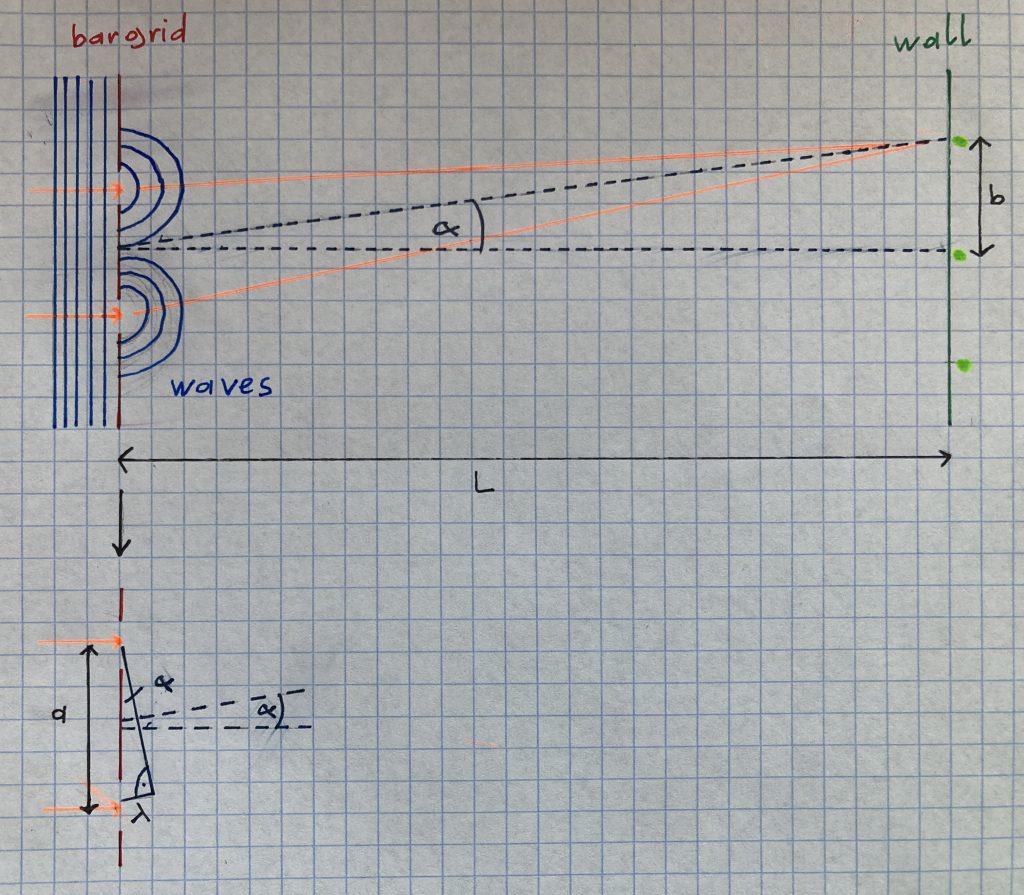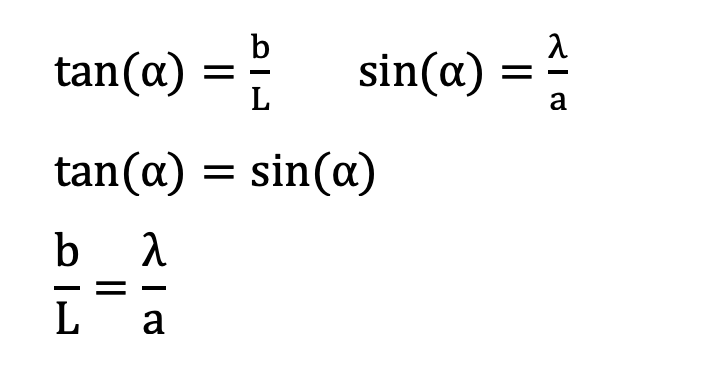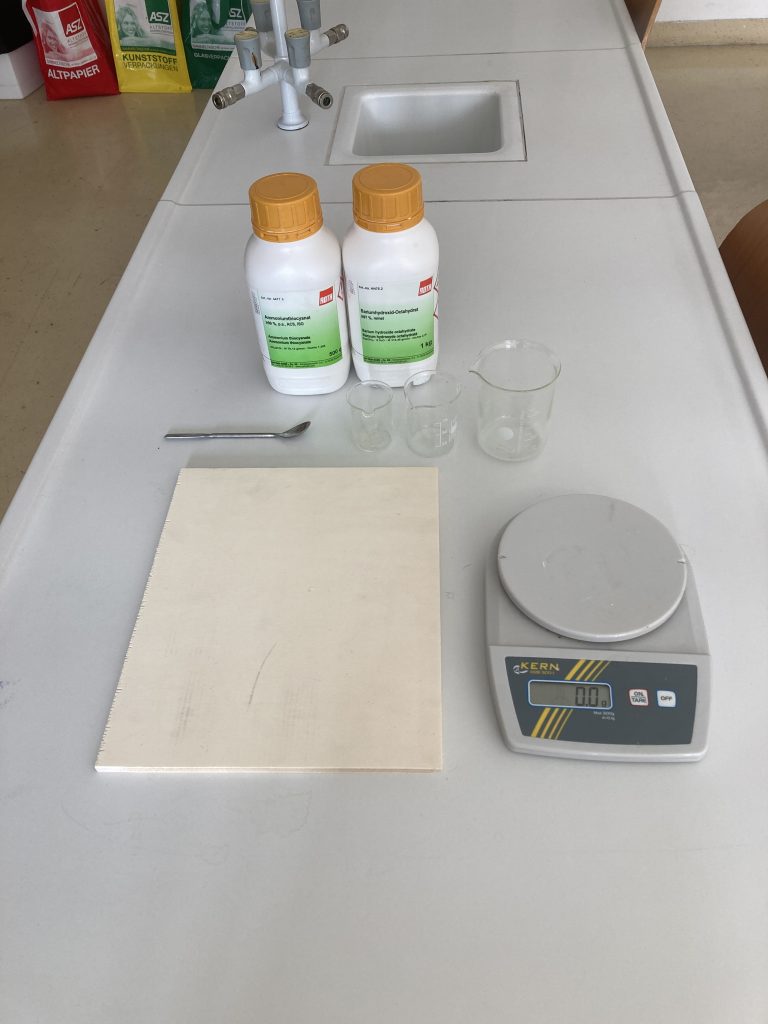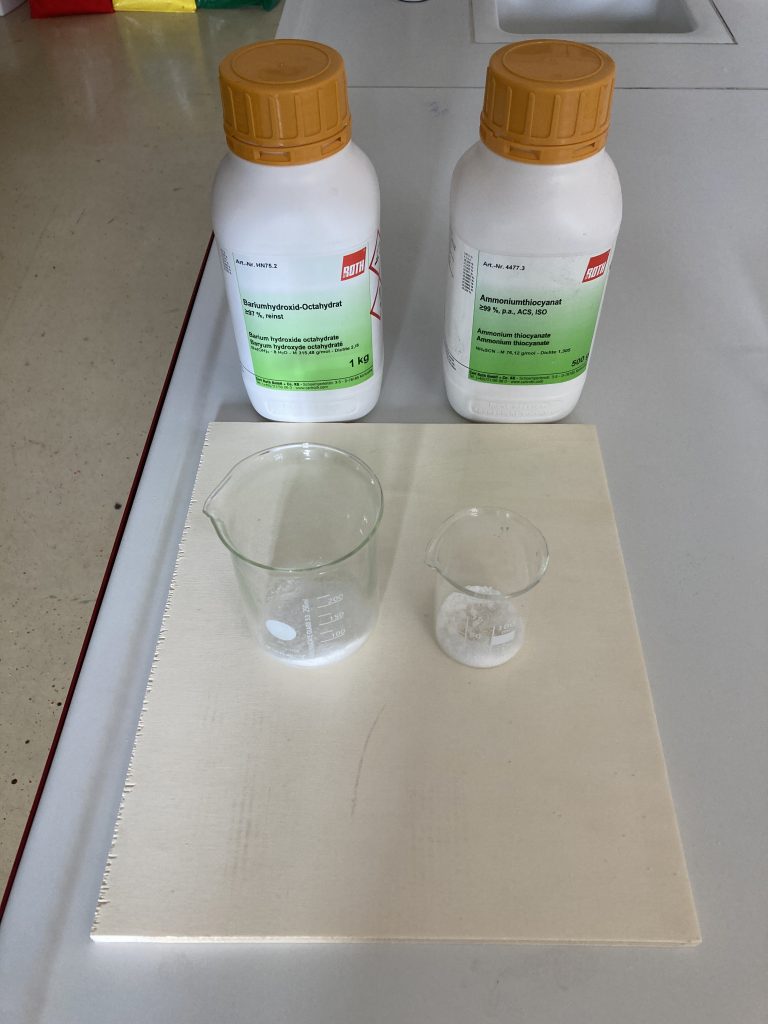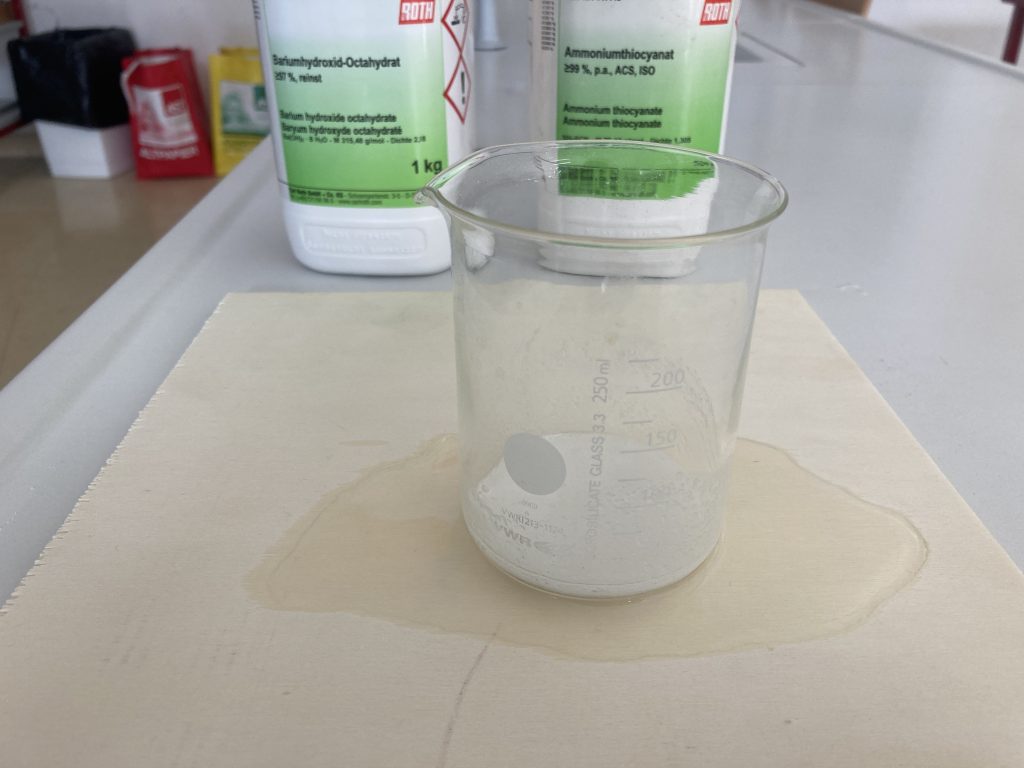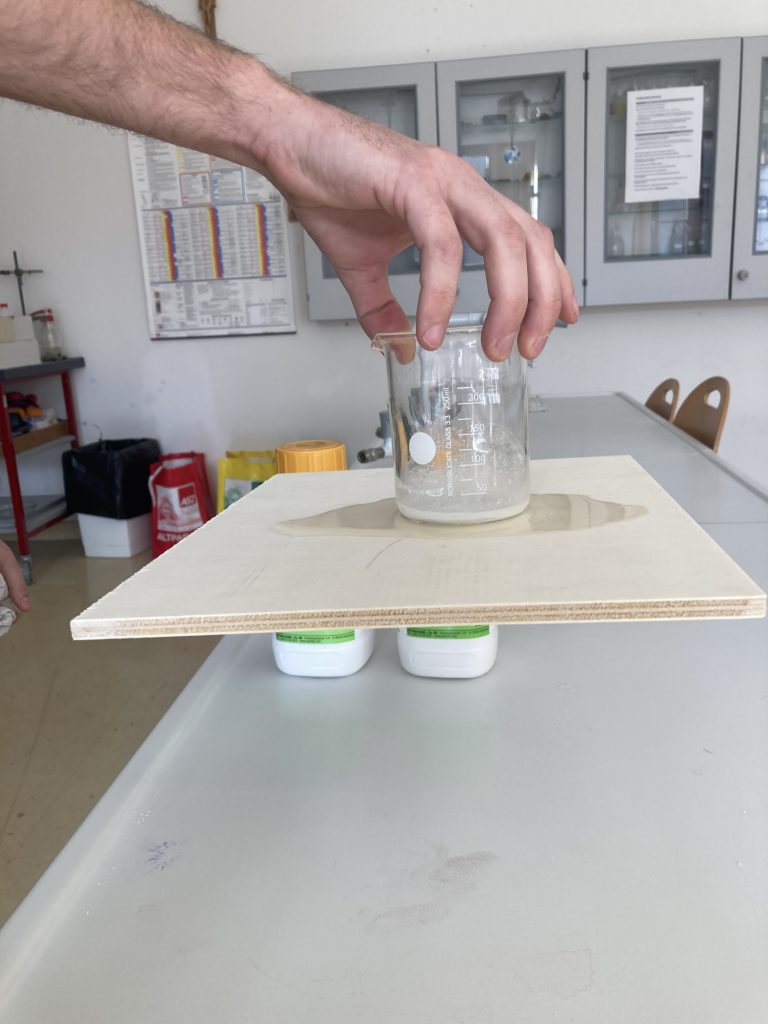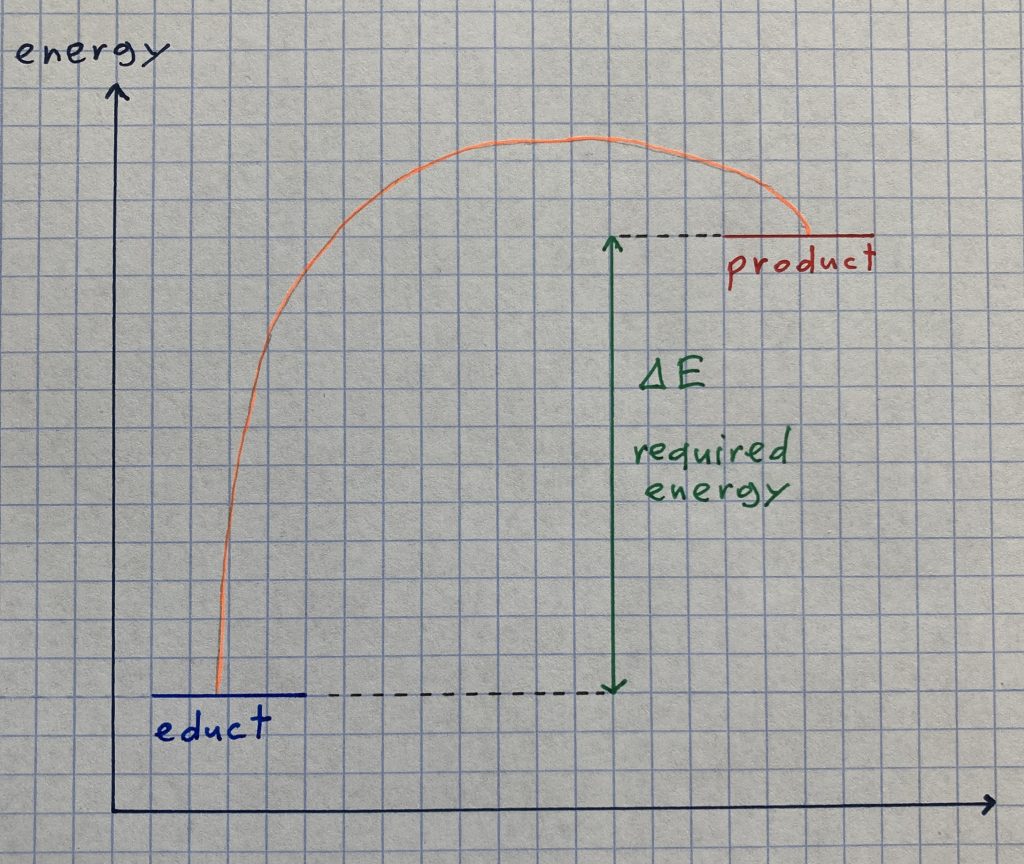First of all: A warm welcome to the recently introduced category „ScienceNews“!
Due to the wide range of scientific news provided by different more or less serious webpages where several authors with a different level of knowledge and experience can publish stories they consider to be worth reading them, we decided to set up a new platform as a subpage of the ScienceBlog that we called „ScienceNews“.
On that platform, we would like to release articles that explain current scientific events (for instance the start of a new innovative rocket to discover the planet Mars or a breakthrough in reusing emitted warmth to slow down the climate change) in a way that not only experts, but also „common“ people that do not have any special pre-knowledge are able to understand and follow the most significant points. For illustration, we will attach some photos and graphics that deepen the understanding of the processes in the background (which are often even more interesting than the event itself) that enable the readers to get curious and make them wanting to find out more. Therefore, we will give credit to the sources and add some links referring to additional information at the ending of each post.
As we have got a few motivated and enthusiastic writers, our articles will be provided either in English or in German.
In case you have got ideas or improvements, we are happy to receive a message in order to fulfill our aspiration of getting better every day according to our slogan „You are always a student, never a master. You have to keep moving forward.“ (Conrad Hall, photographer and filmmaker).
We hope you appreciate our well-researched articles as much as we do. Enjoy reading them!
written by Michael Himmelbauer (in representation for the whole ScienceBlog team)

